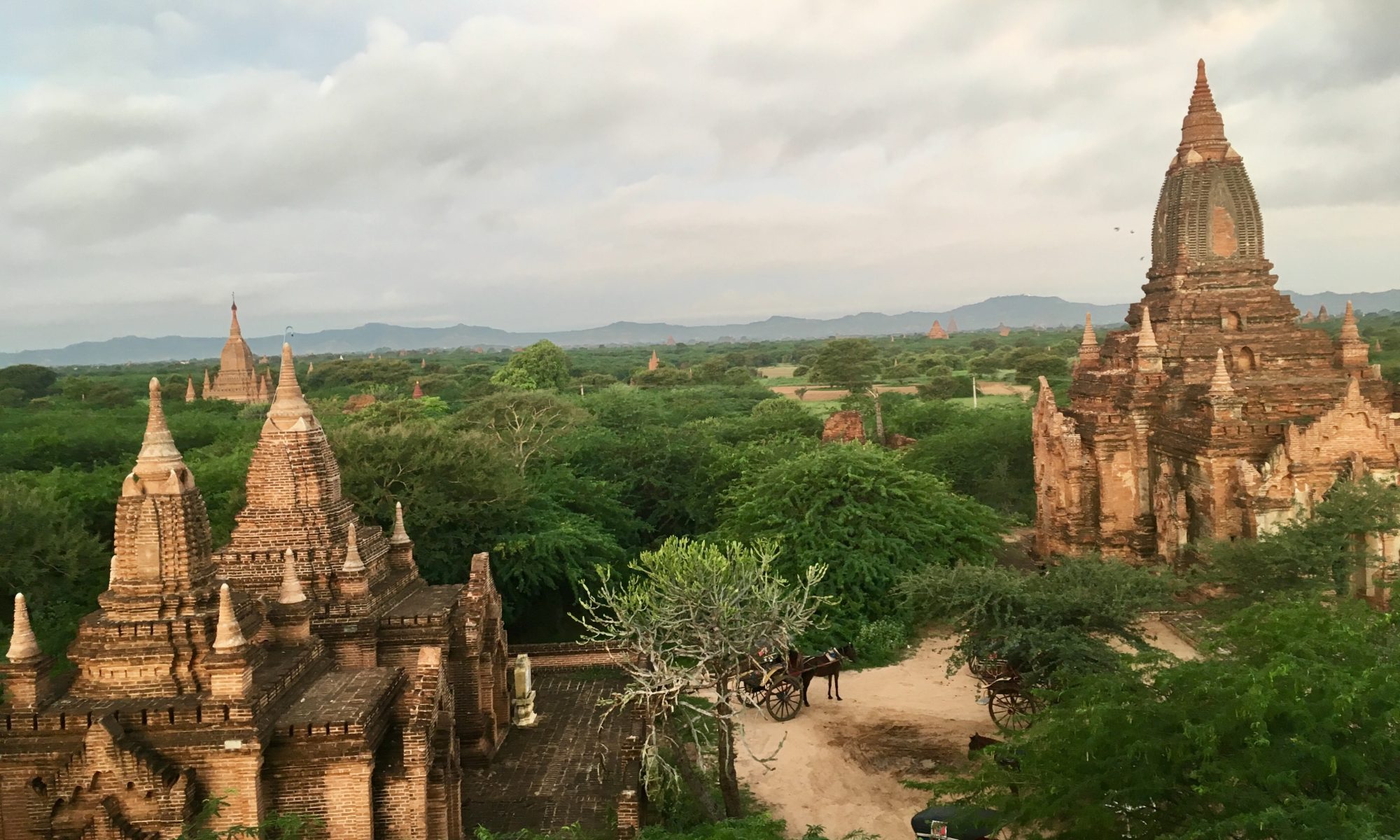Sapa, Vietnam. Why should we care to save it? The gorgeous valley of fertile land where bubbling brooks empty into waterfalls and a perpetual fog covers the tip of majestic mountains, is home to many hill tribes like the Black Hmong, Red Dzao, Tay, Giáy, Thai and Phù Lá. Their culture and languages are different from those of the Vietnamese. There is also a long history of the Vietnamese government marginalizing and segregating the tribes. If Sapa were a woman she would be a beautiful middle-age, scarred by her battle with the world.


When outsiders enter a place, regardless of intention, there’s a wide ripple effect that can destroy the innocence of its residents. Here, an entire generation is being raised to service the tourist industry. Everything that once existed for a utilitarian purpose now exists for entertainment – a zoo of artifacts and people.


I wonder if we were also entertainment. To hear the native young tribal women mimic an American, an Australian, or a British accent was a glimpse into the education vital for them to work in the industry and make the money the economy here has come to rely on. Farming is hard work. Joblessness is prevalent. Is it just a matter of time when rice fields would exist only as props?



It’s hard to not feel guilty being here with our Western mannerism and money and the carefully constructed life we carry on our backs. We look and we hear but we will never understand. There is a line drawn between the two sides: invaders and invaded. As time passes the line gets darker and more difficult to erase.


Our wonderful guide from Sapa Sisters, Giao, did her best to represent her home. Yet I got the sense that she mourned the Sapa she once knew as she looked wistfully at the landscape. Our night at the home of a Black Hmong family after a full day hike through the verdant hills and rice fields was probably the closest to an authentic experience we had here. We helped make a dish of young bamboo shoots with eggs for dinner and slept under mosquito netting in a room lined with hard mattresses on the floor.


As I lay awake listening to the karaoke singing from the next door guest house filled with Vietnamese tourists, I wondered what Sapa was like before outsiders had found it. Its only sin was being beautiful and we all pay the price for having destroyed it.


There are hundreds of Sapas in the world – a once paradise wrecked by tourism. It is one of the reasons why writing about traveling is a double-edged sword. So, what can outsiders do to minimize our negative impact on the places we visit?

- Do not buy from children
I realize this sounds harsh and heartless. How can we not support the beautiful, innocent children? Well, the reason you see children selling tour books, handicraft, or trinkets on the sides of the road is because people buy from them. By doing so, you are perpetuating this trend. Children should be in school. They should be playing with other children. They should not be shouldering the responsibilities that belong to adults.
What you can do to help:
Ask locals or your guide if there is a school around. Schools in southeast Asia, or under-developed parts of the world, often do not run on government funding. Offer to buy raw rice or school supplies to donate to the schools.

- Minimize trash and take out what you bring in
Wherever humans go, we bring trash. It’s in the plastic bottled water, the food wrappers, the plastic bags. Along the hiking trails, I saw debris of litter left by people passing through. In a city, there would be someone whose job is to pick up the trash, put them in a trashcan, and dispose of them in a landfill. But in a remote place far away from that convenience, where does the trash go? Along the road, of course.
What you can do to help:
Bring in reusable water bottles and bags. Be mindful of what you consume and how you consume them. Pack in the trash you brought in and dispose of them once you’re back in the city. If you have more time, consider volunteering to pick up trash.


- Support local businesses
From speaking to our guide who belongs to the Black H’mong tribe, I learned a few things. Here, many wealthy Vietnamese invested in building hotels and resorts and selling ‘authentic’ hill tribe experiences to tourists. These businesses often use Vietnamese who moved from other parts of Vietnam. The money tourists spend on these businesses don’t often stay local nor is used to help the hill tribes. While it may be convenient and comforting to stay at resorts or big hotels, eat at chain restaurants or coffee shops, it doesn’t help. Supporting local businesses like a homestay, a tea house, or an herbal bathhouse run by members of a hill tribe will allow the money to stay there and be used to better the community.
What you can do to help:
Support businesses that employ minority ethnic tribal members. Sapa Sisters and Ethos Spirit are two of the businesses that are committed to helping local hill tribes by employing their members as guides. They would also be great resources to help you plan your trip in the most responsible way you can.
What are some of the places you have visited that left a lasting impression (either good or bad) on you?


